After nearly two weeks in the UK and Ireland, we then flew down to the Iberian Peninsula, working our way from the West Coast moving East. Due to time constraints we unfortunately had to scratch Porto from our itinerary, so our lone introduction to Portugal would be its capital, Lisbon. And what an introduction it was!
I happily packed away my puffy jacket in my checked bag at the Dublin airport. Looks like it might be a while before I’ll be needing that again! After landing at Lisbon airport, we easily navigated three metro lines to our Airbnb in the Alfama district. The oldest district in Lisbon (and full of history, but more on that later), the Alfama is characterized by narrow winding pathways surrounded by tall three-story residences and many, many stairs. In the heat, with our bags on our backs, and Google failing to properly navigate us to our apartment, these stairs and twists and turns were less than fun to say the least. But once we found what we were looking for and got a chance to settle in for a moment, we absolutely loved exploring our neighborhood. You know you’ve done well when you stay in an area that other tourists seek to explore – nicely done Mark!

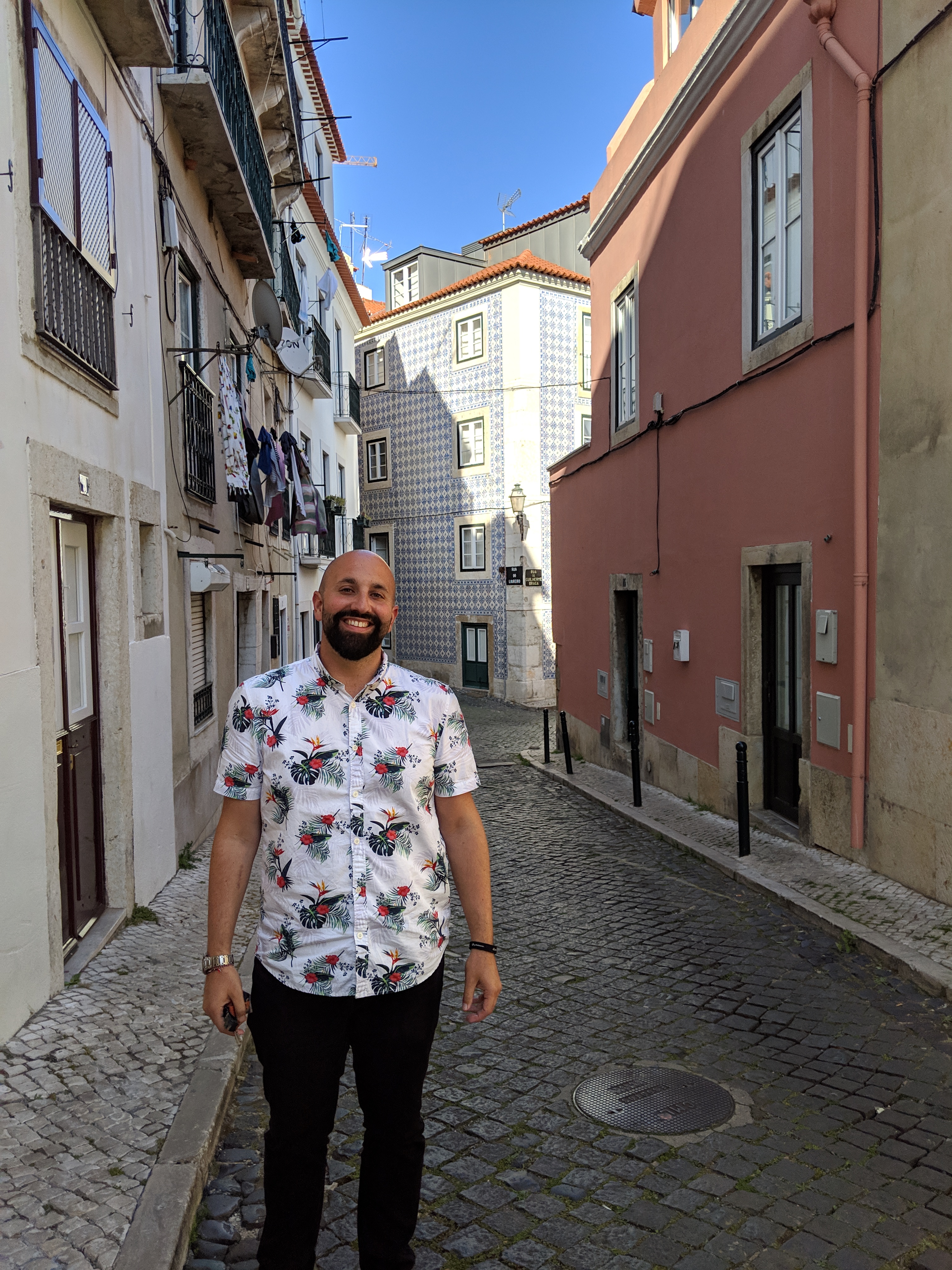
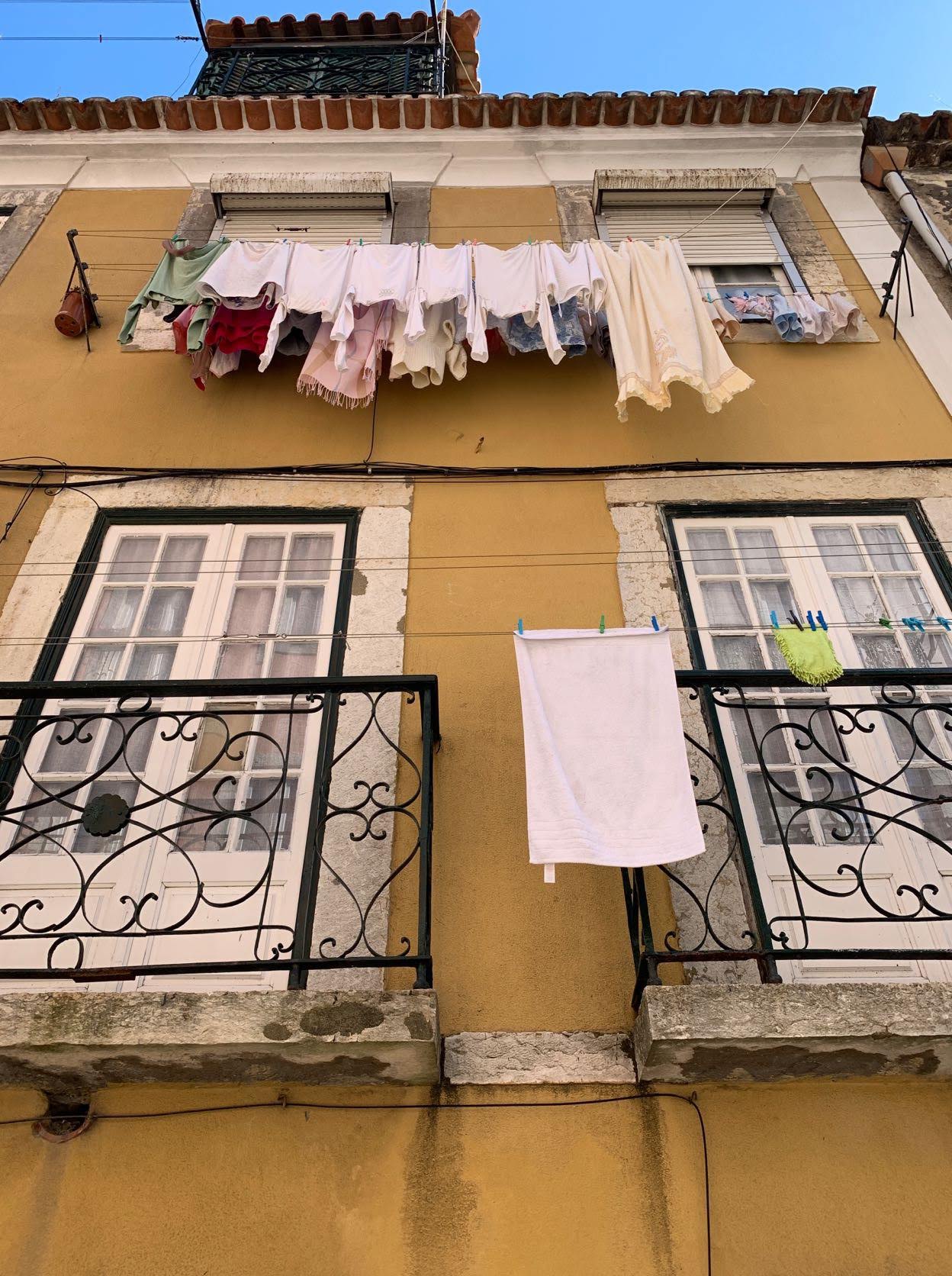
The iconic yellow and white motif is found everywhere in this vibrant city.
Our first sightseeing venture took us to the opposite end of the city from where we were staying. We took a bus nestling the coastline headed West towards the neighborhood of Belém (Thanks for the reco, Julia!), which just so happens to be a UNESCO World Heritage site! What makes it so special? Glad you asked! We disembarked said bus in front of the Jerónimos Monastery, a stunning work of Portuguese Late Gothic Manueline architecture. Construction began in the early 16th Century and took over 100 years to complete, which is most definitely reflected in its attention to detail. Boasting many archways, columns and cloisters, ornate sculptures surround the doorways and don the spires. Traditional moorish elements combine and contrast with nautical motifs.
A hundred yards toward the waterfront brings you up close with the Padrão dos Descobrimentos, the Monument to the Discoveries. Much of the history of the Portuguese Empire concerns naval exploration and discovery (the expanse of their empire reached from Brazil to parts of Africa to Macau). It was built in the 20th century, just in time to celebrate the 500-year-anniversary of the death of Prince Henry the Navigator. It features over 30 of Portugal’s most influential figures from the 14th and 15th centuries, including Vasco da Gama (the first to reach India from Europe via a Western route, a.k.a. what Columbus was setting out to do when he accidentally “discovered” America) and Ferdinand Magellan (the first man to circumnavigate the globe, many of you may own his brand new line of GPS systems).
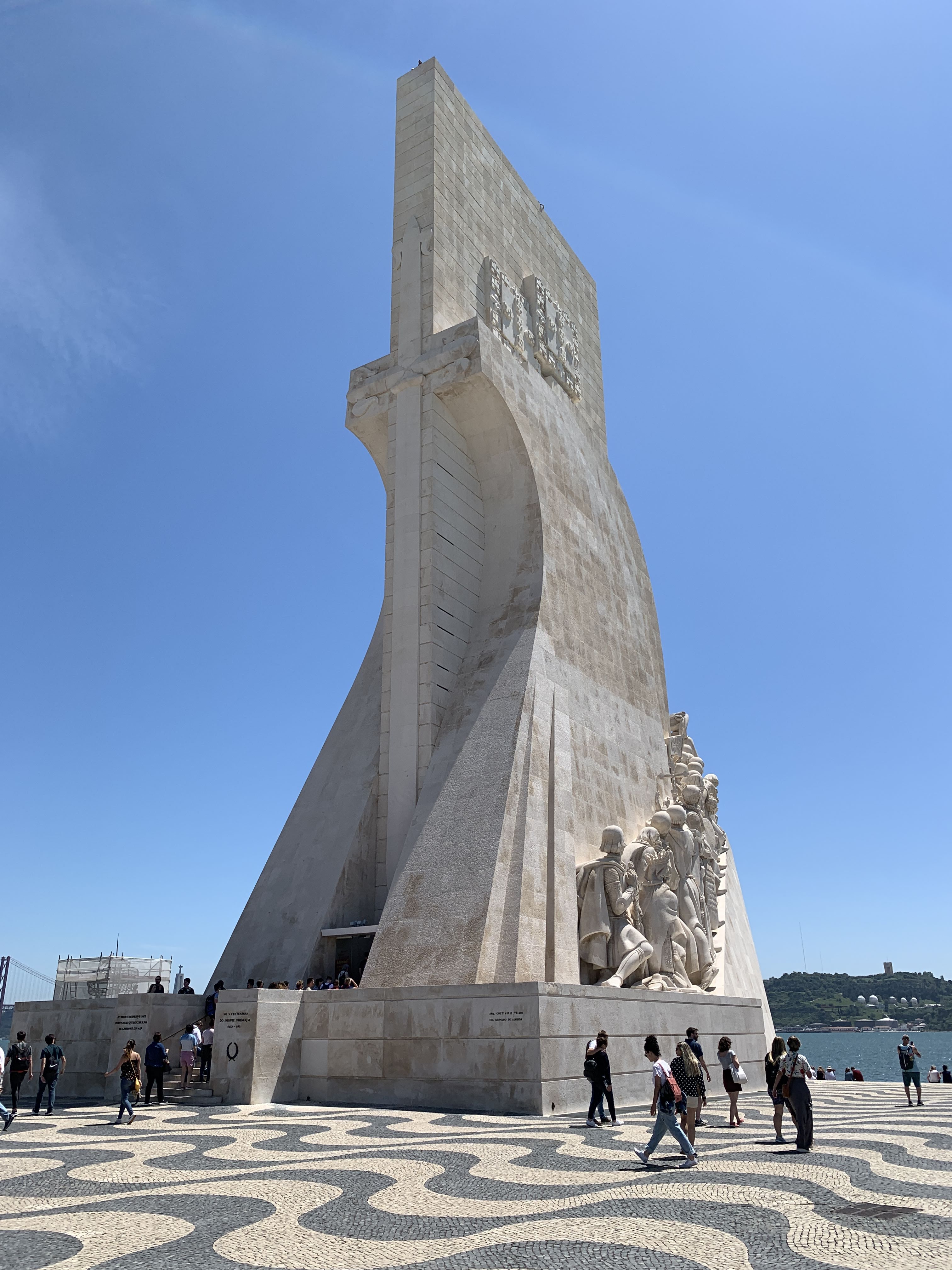
The Monastery’s view of the statue: a giant cross. 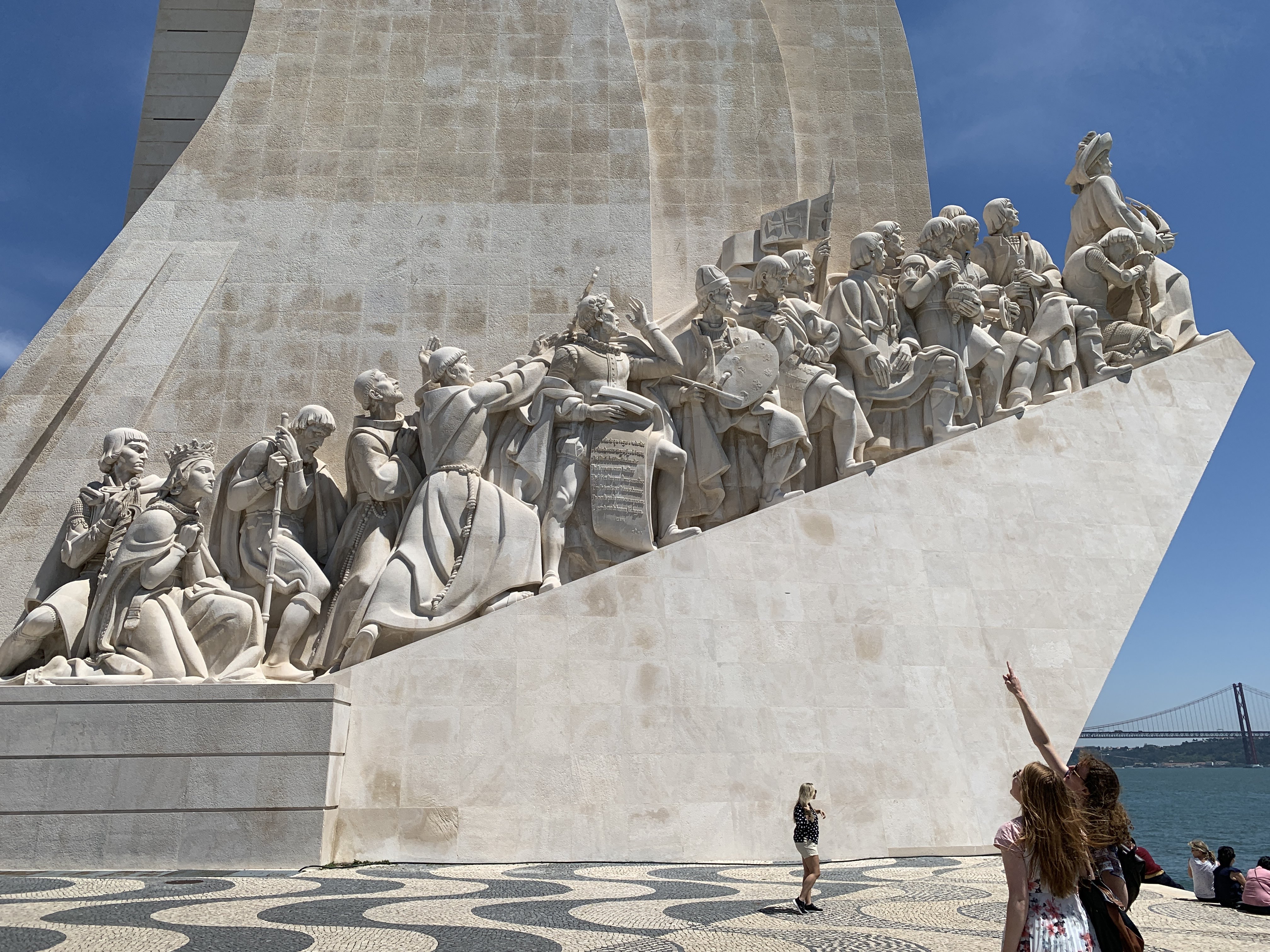
The explorers, navigators and writers.
As if we needed an excuse to stroll along the waterfront in the perfectly sunny 80°F heat, a short walk down the way brought us to Torre de Belém, or Belém Tower. Today surrounded on either side by marinas full of boats and yachts, the Tower has served as a lighthouse, a fortress, as well as a port, establishing the first European trade routes with both China and India. Similarly built in the early 1500s, design elements pulled from Morocco, Venice and India mingle with nautical symbols like rope. And famously carved into its facade is a rhinoceros. As we walked up to Belém Tower, Isabel regaled me with the story behind its significance:
In the year 1515, India sent a rhinoceros to Portugal as a diplomatic gift. No one here had seen this beast before since they are not found in Europe. Not knowing what to do with it, and a little afraid of its size, it was kept shackled and on display at the King’s palace. They tried to get it to fight an elephant, but the elephant wasn’t interested and simply walked off. Bored with this beast of burden, the King re-gifted the rhino to the Pope. Sadly, it never made it there as it drowned in a shipwreck off the coast of Italy.
On a recommendation (thanks Zach!), we headed to Timeout Market. Sharing space with the Mercado da Ribeira, a more traditional market, the Timeout Market next door houses many different food stalls representing all types of worldly cuisines and is absolutely packed with tourists crammed around communal tables. The first option inside the main entrance is dedicated to selling perhaps the most famous Portuguese delicacy, pastel de natas, custard tarts with a dusting of cinnamon and powdered sugar. They were tasty for sure, but if I’m being honest it didn’t hold a candle to Pablo’s cheesetarts we were introduced to back in Hanoi (I still have dreams about those). We returned to the market for dinner that night and fought the tenacious crowds for a place in line and a seat at the table. It was a really cool setting but in today’s Instagram-driven world of travel, a bit too crowded and chaotic for our liking.

Yes, that TimeOut. 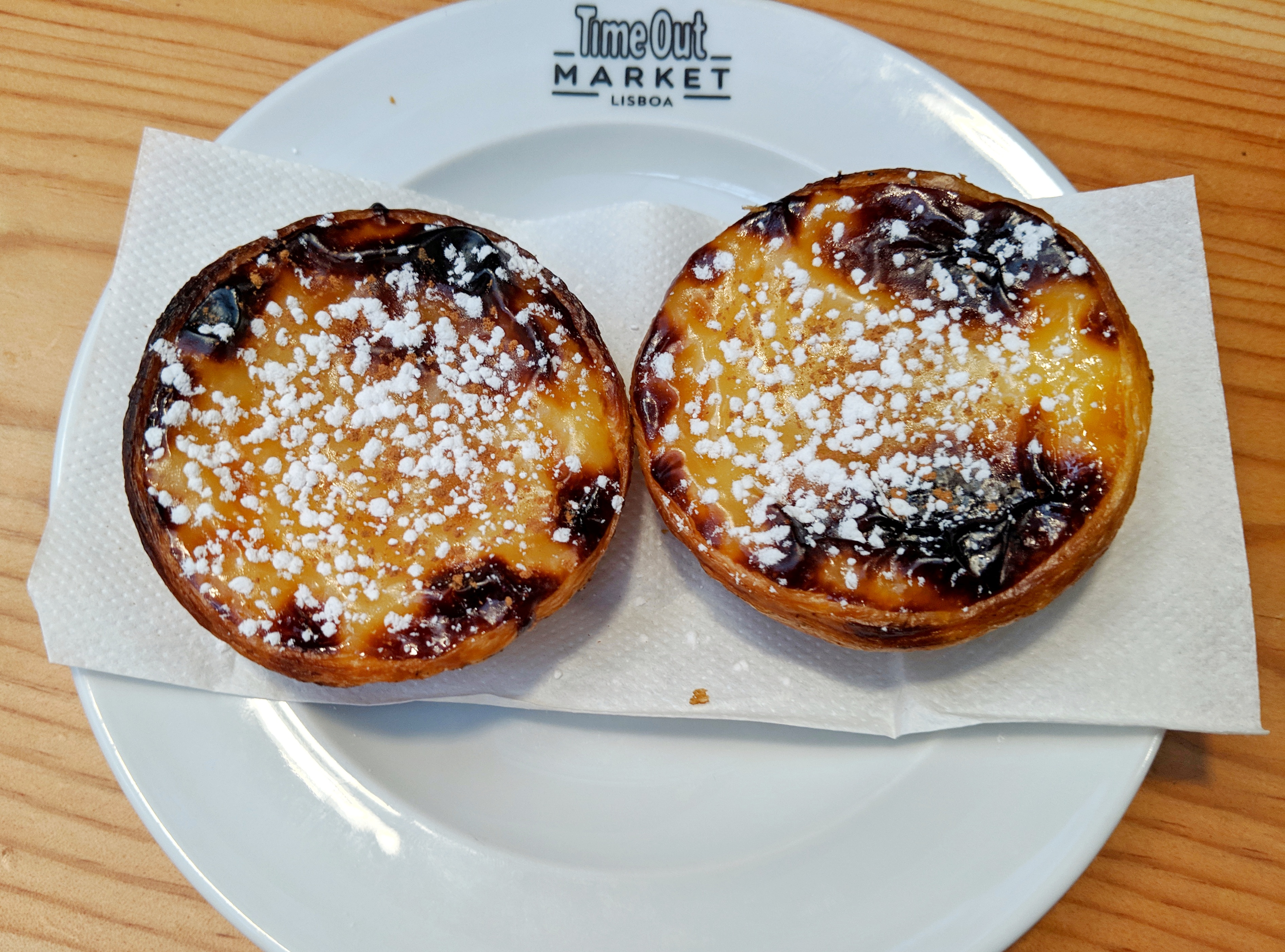
Pastel de nata.
For lunch we found exactly what we were looking for right behind the Timeout Market: bifanas. A bifana sounds and looks simple: a pork sandwich. But this traditional and beloved Portuguese sandwich is so much more! On a crusty yet light bread roll are several strips of pork, which have been marinating in a gravy of spices. Everyone seasons their meat slightly differently, but these can be found almost anywhere. Billed as a light snack often accompanying a beer, these sandwiches are delicious, filling, and extremely inexpensive! If you find yourself in this area I highly recommend going to the small and no-frills O Triangulo da Ribeira, where the friendly owner behind the bar hands out beers and bifanas, cooked to order, with a smile.

Don’t forget to add the mustard, it’s more sweet than it is spicy. 
Insanely cheap, we got our bifanas for €2!
I took a walking tour of Lisbon and picked up some great historical information, so buckle up and get ready for a history lesson!
All around the city you will find blue and white tiles, known locally as azulejos, on the sides of buildings, displayed above doorways and sold at souvenir shops. Surely it can’t be just a random color theme, there must be significance to it? There is! Portugal’s flag today is green and red, the colors of the republic that usurped the monarchy before it. At the intersection of green (symbolizing the hope for the future) and red (representing the blood of the nation) is a blue and white crest, a holdover from the kingdom of the Portuguese Empire. So while the flag and national sports teams today are painted with red and green, the blue and white details harkens back in time to much older Portuguese history. There will often be a scene painted on these azulejos above doorways, usually depicting a saint in order to protect the home and all who reside in it. These often include a noticeable mistake on one of the tiles, which is actually intentional in deference to God, to show that “only God is perfect.”

It’s impossible to speak about the history of Lisbon without touching on the Earthquake of 1755. On the morning of November 1, All Saints Day, at around 9:40 am, the city was hit by a massive earthquake that measured a frightening 9.0 on the Richter scale and lasted for several minutes. Candles lit in homes and churches in honor of the holiday were knocked about, causing immediate mass fires. Just like with the recent fire that decimated the roof of the Notre Dame in Paris, the layout and construction of these cathedrals brought the fires straight to the roofs, which collapsed on the people packed inside. Once the earthquake finally came to a halt, those who managed to survive then fled to the Terreiro do Paço (Palace Yard), known today as the Praça do Comércio (Commerce Square) for refuge, a large open space surrounded by crumbling palace walls on three sides, and the Tagus River on the fourth. Unfortunately for those people who believed the worst to be over, the earthquake was then followed just 40 minutes later by a tsunami that decimated the harbor and most of the downtown.
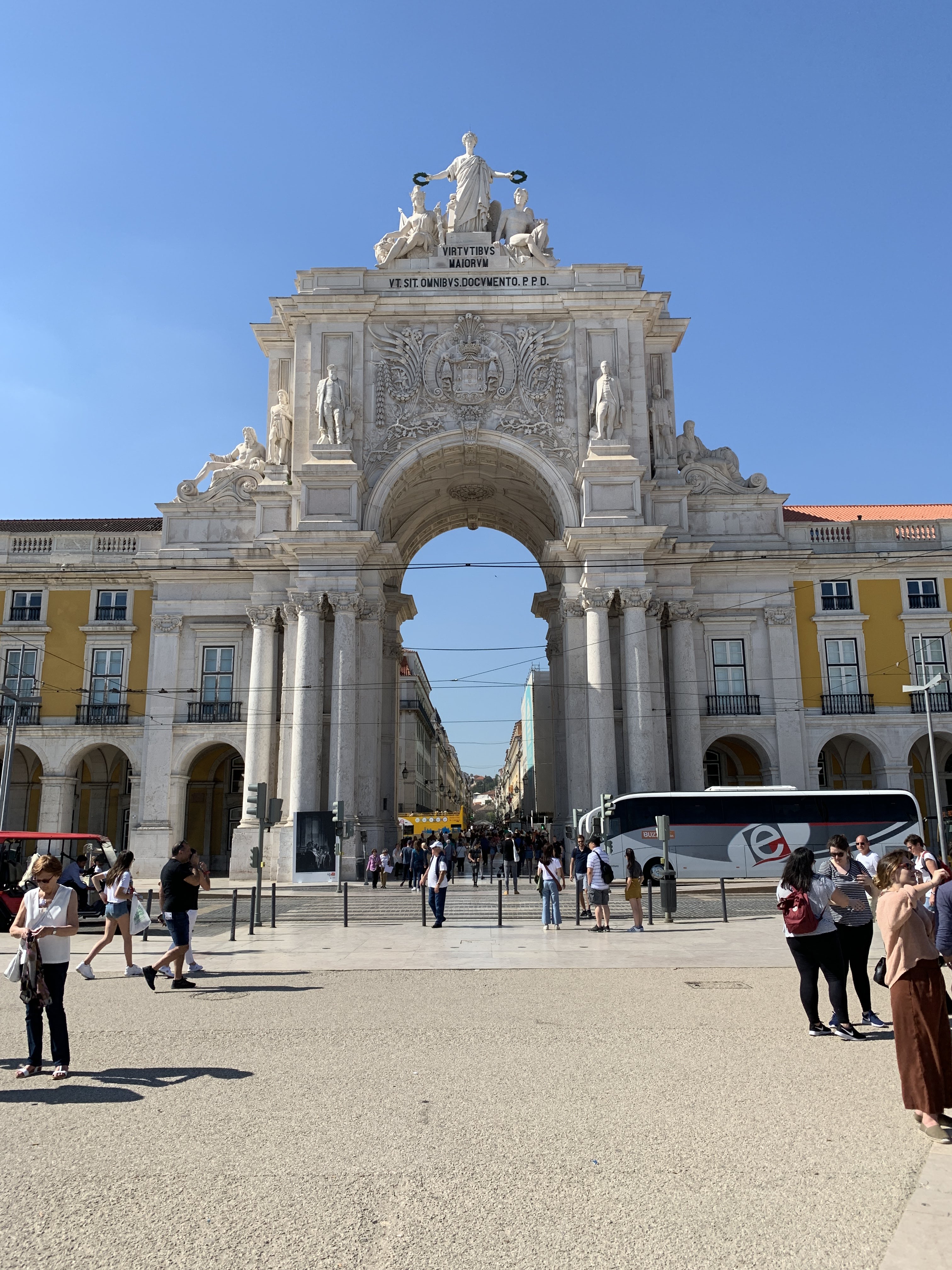
The gate of Praça do Comércio. 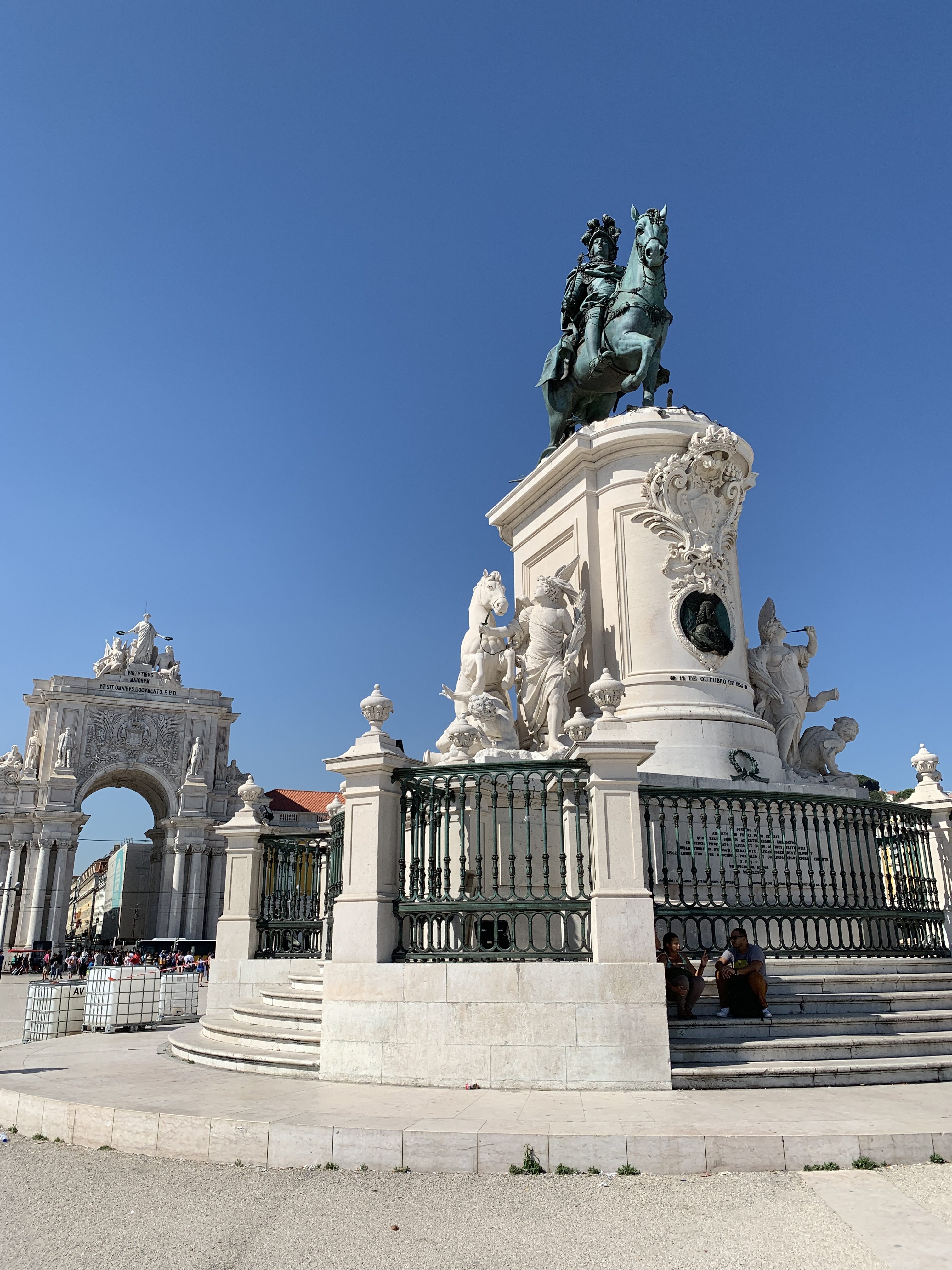
Statue of King Jose I.
Much like San Francisco, who also endured an earthquake of its own 150 years later, Lisbon is a city of seven hills. Communities situated atop these hills felt the effects much less so than others, like in the Alfama district (where we stayed) with its compact maze of narrow streets and small squares, constructed on a large rock hill that shook less in the quake and was high enough to avoid the tsunami. That’s why the Alfama stands today as the oldest surviving neighborhood in Lisbon, as 90% of the original city was decimated by either the earthquake, the fires or the tsunami.
But enough dark times, let’s turn the page instead to the one day long Carnation Revolution of April 25, 1974. We found ourselves in the Largo do Carmo, the picturesque square outside of the Carmo Church, where we learned of its historic significance. The dictator at the time took refuge in the church, ordering his troops to guard his fortress. The square filled with people tired of the dictatorial regime that had been in charge for half a century. When he ordered his troops to open fire on the gathered crowd, they couldn’t pull their triggers against their own people. So they instead put down their guns, and joined up with the peaceful protesters. In a nod to the American Summer of Love and Flower Power the preceded it, the people placed carnations in the barrels of the military’s guns, and the dictator was driven to exile.

I now understood the meaning behind the name of Lisbon’s major bridge, Ponte 25 de Abril (25th of April Bridge), that we had seen when we walked around Belém the day before. What was noticeable to us that first day was its red appearance: it closely resembles the Golden Gate Bridge. This couldn’t merely be coincidence, could it? So, we did some Googling. Turns out it was erected by the same company responsible for the other bridge in San Francisco, the Oakland Bay Bridge. So tasked with designing a new bridge, this company chose to replicate the more beautiful and famous bridge that overshadowed their own work in SF.
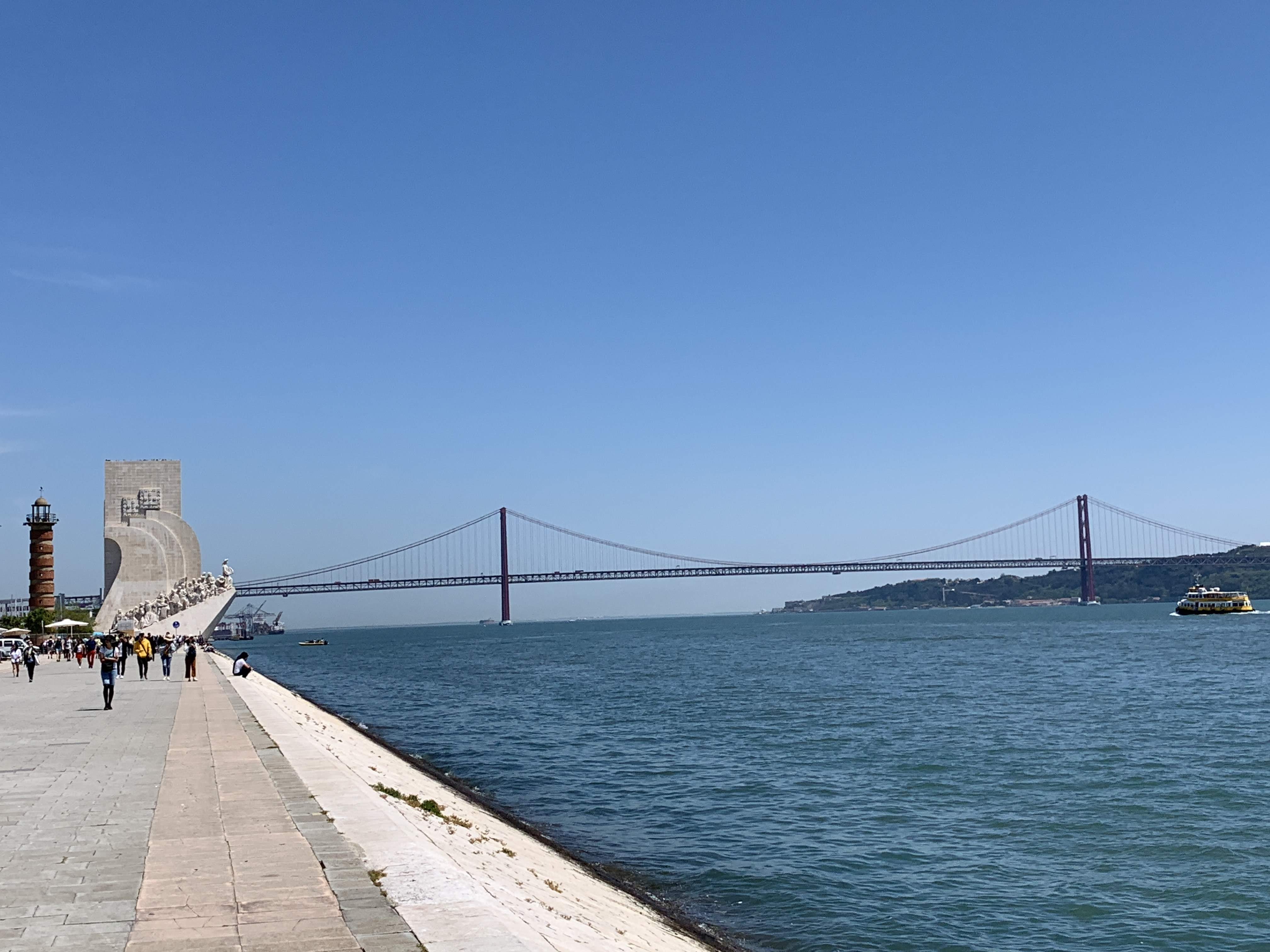
Enough history, so what’s it like traveling around Lisbon? Well for starters, you can drink anything, anytime, anywhere. Let that sink in again. That’s anything … anytime … anywhere. We didn’t take advantage of this as we only learned about it later on in our stay, after we thought it was strange seeing guys routinely order beers at a bar only to then take it on the go. We’re not exactly night owls now that we’re in our later years, but if you happen to still be going strong once the bars close, just follow the crowds. They’ll head over to Pink Street, where bars stay open later than the rest of the city. How’d it get its name? Well …

Today funky architecture and graffiti murals line the sides of the nocturnal Pink Street, or Rua Cor-de-Rosa as it’s known locally. As recently as 2011 however, this was actually the red light district of Lisbon, a meeting place for sailors, local criminals and prostitutes. In an attempt to turn the neighborhood around, they painted the street pink to liven it up and shut down the brothels and run-down bars, giving way to cafés and … newer late-night bars. Hey, whatever works, right? Despite the laissez faire drinking laws, Lisbon seemed laid back and jovial at all times.
The streets of Lisbon are filled with Miradouros, or viewpoints. Located at the tops of the hills are plazas, usually with seating, and a beautiful vantage point to look out over the city below. Surely only a city of such enviable beauty would come up with their own word for these lookouts.

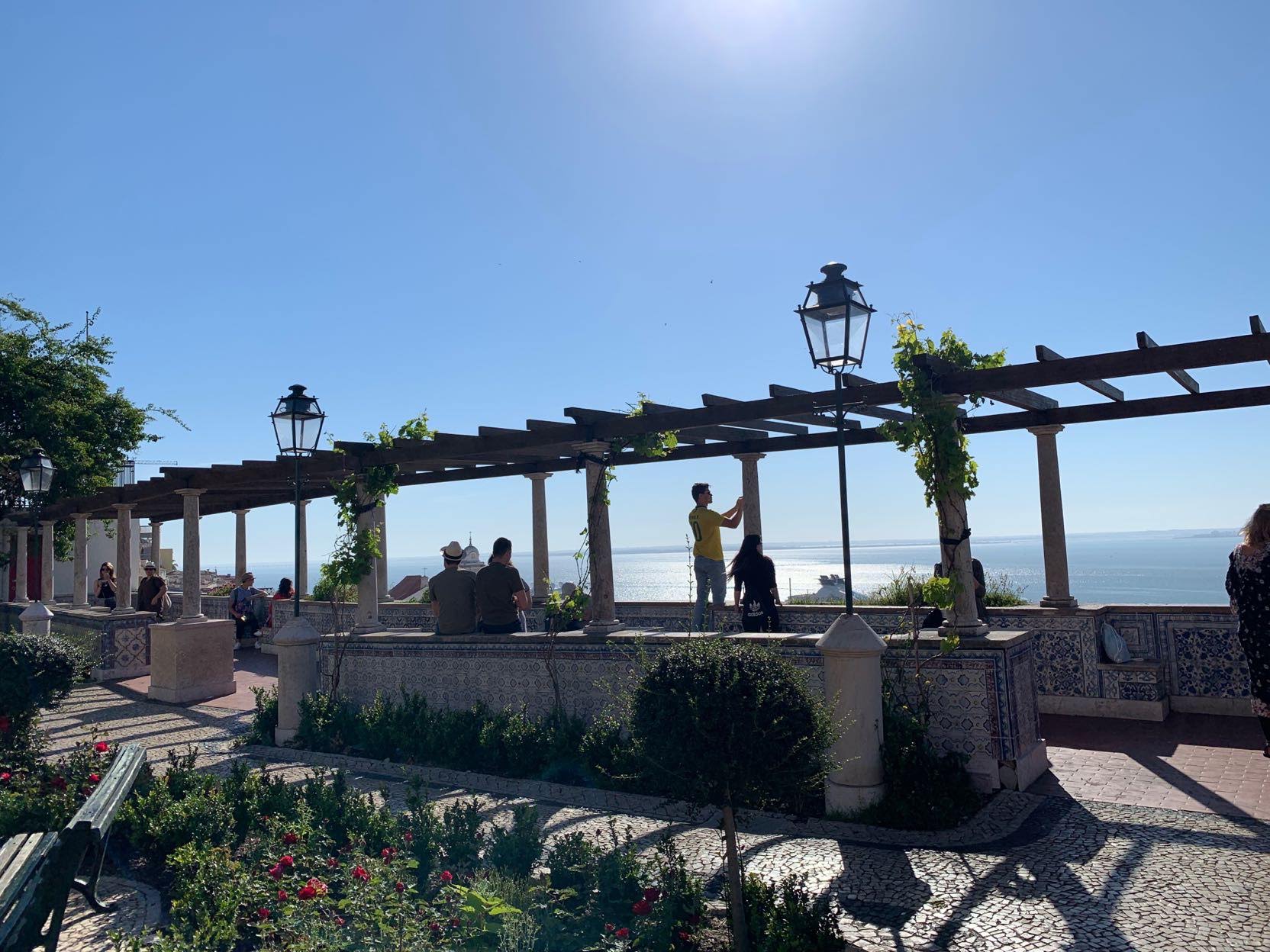
Miradouro das Portas do Sol. 
Right around the corner from our Airbnb.
The Alfama district isn’t the only thing that survived the earthquake. Bertrand Bookstore (née Livraria & Café) has been open and continuously operating since 1732 (actually, its original location was destroyed by the earthquake, but it continued operations in a chapel until the new location came about in 1773). It holds the Guinness World Record for being the Oldest Operating Bookshop. It’s massive inside and had many enticing offerings, but since we’re on a budget and don’t have much room in our bags, we needed to run out before the temptation grew too large.
With three nights granting us just two full days in Lisbon, we were here a very short amount of time. Initially I had wanted to squeeze in two nights in Porto before two nights in Lisbon, but I knew with travel taking up so much of that first day, it would have been way too short to see anything and we’d just feel like we were constantly running around. That’s not what this travel was supposed to be about. We are seeing a lot of new places with quick turnover, but we’re usually there long enough to get a good understanding of the vibe and culture (and by that I mean sample the local cuisine). Lisbon was really beautiful and we definitely hope to come back some day to see more of this country; the likes of Porto, the palace at Sintra, and the island of Madeira.

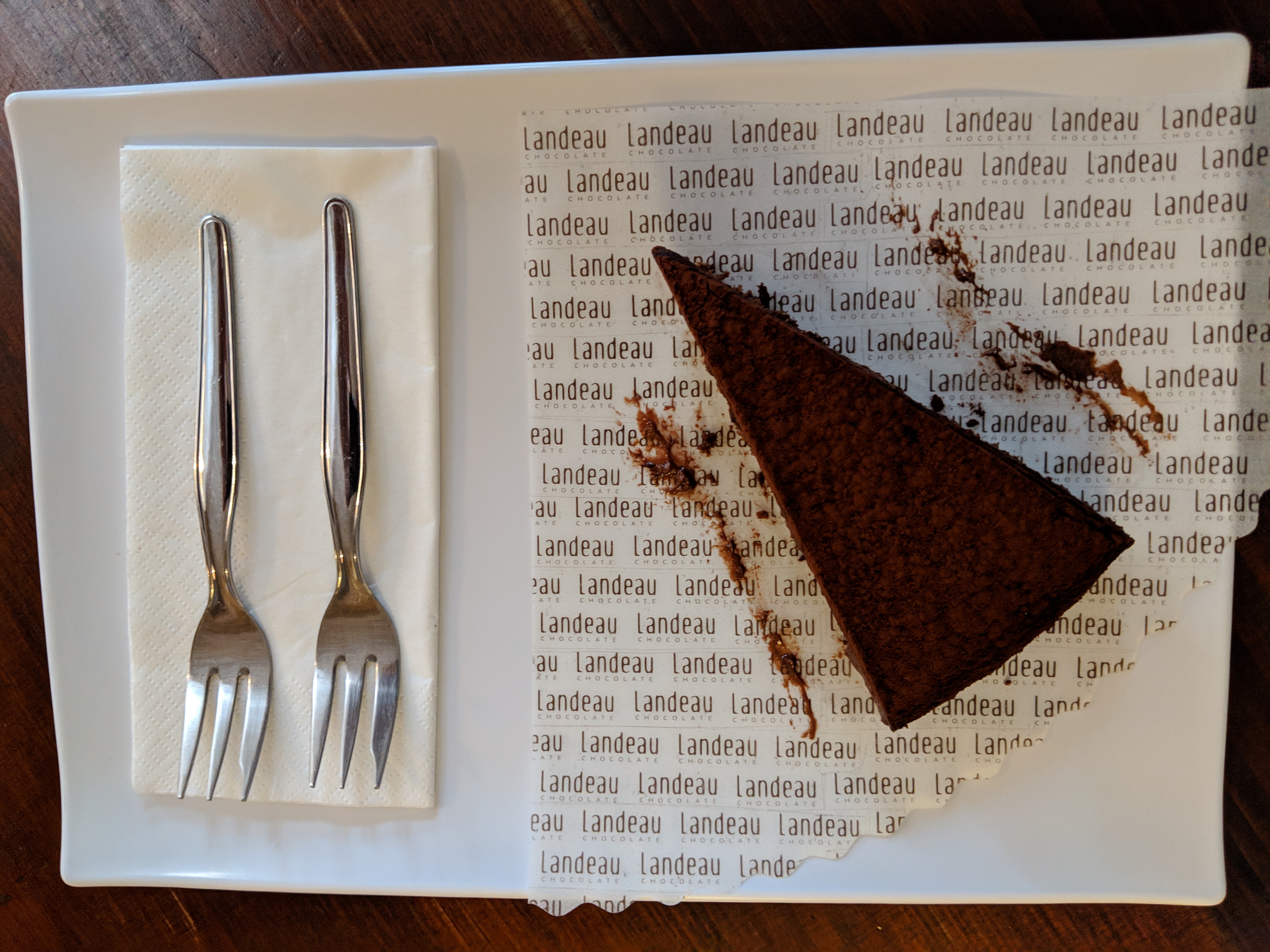
A slice of Landeau chocolate cake. 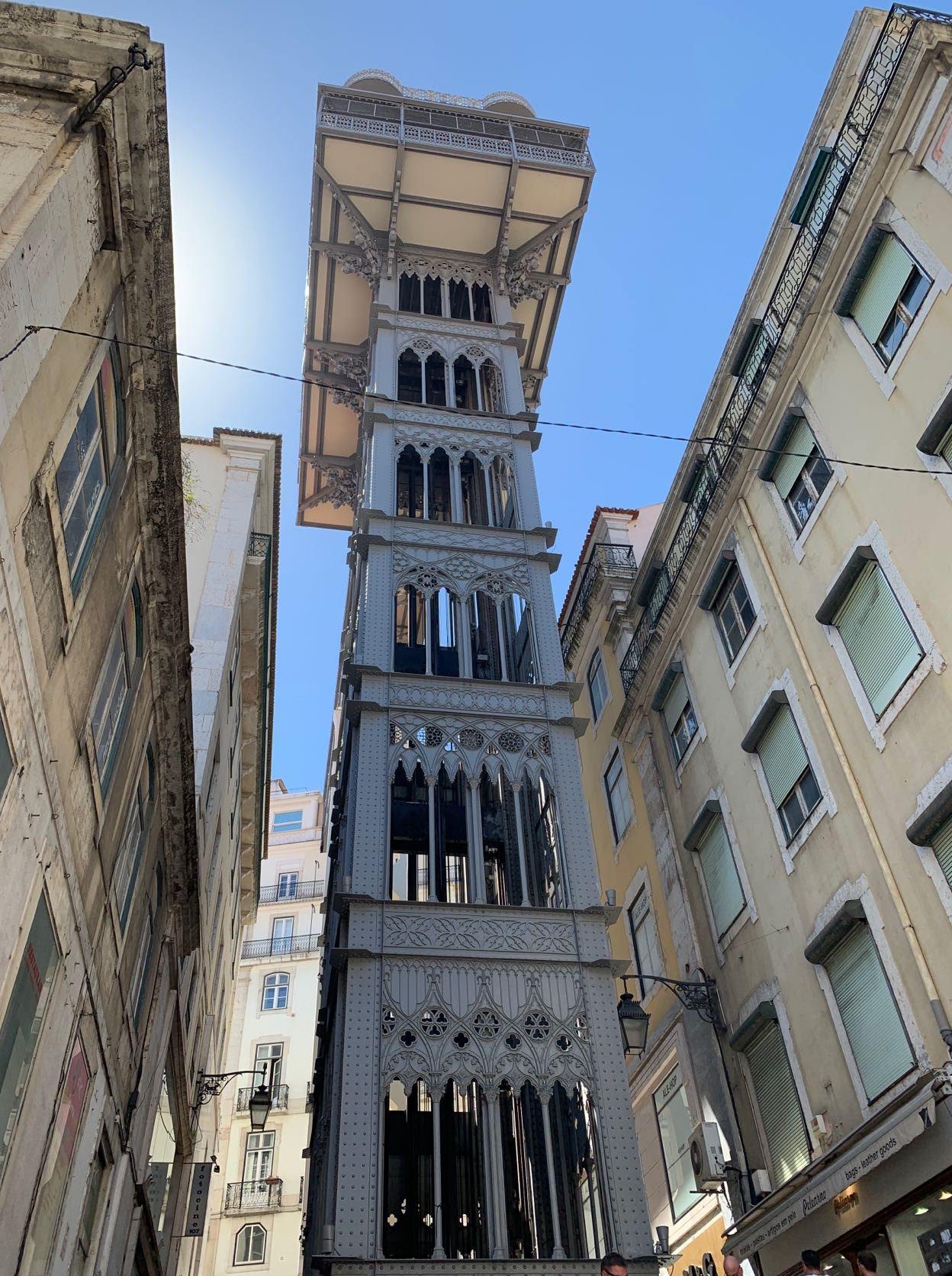
Santa Justa Lift connects the lower streets of Baixa w/ the elevated Largo do Carmo.
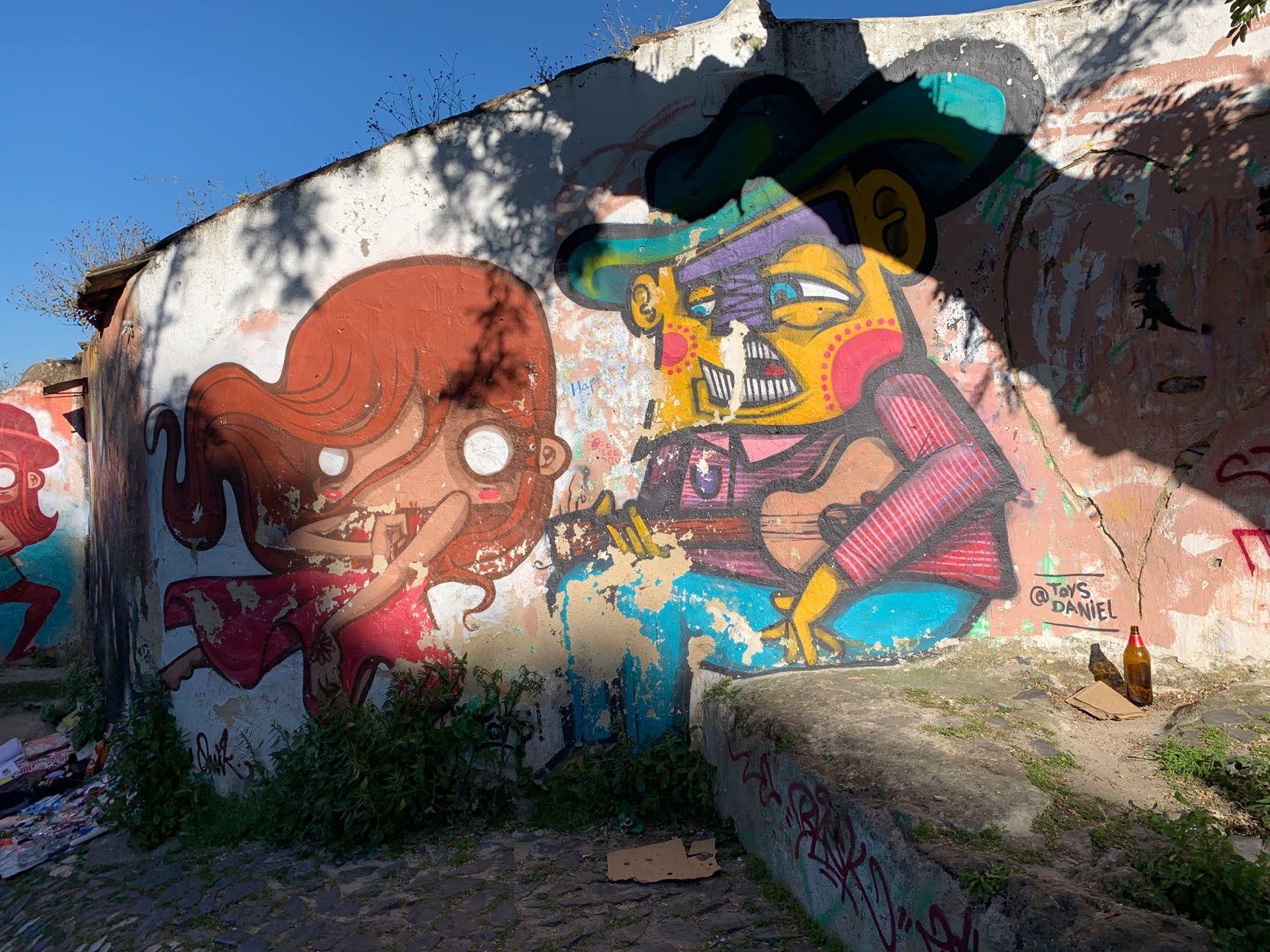
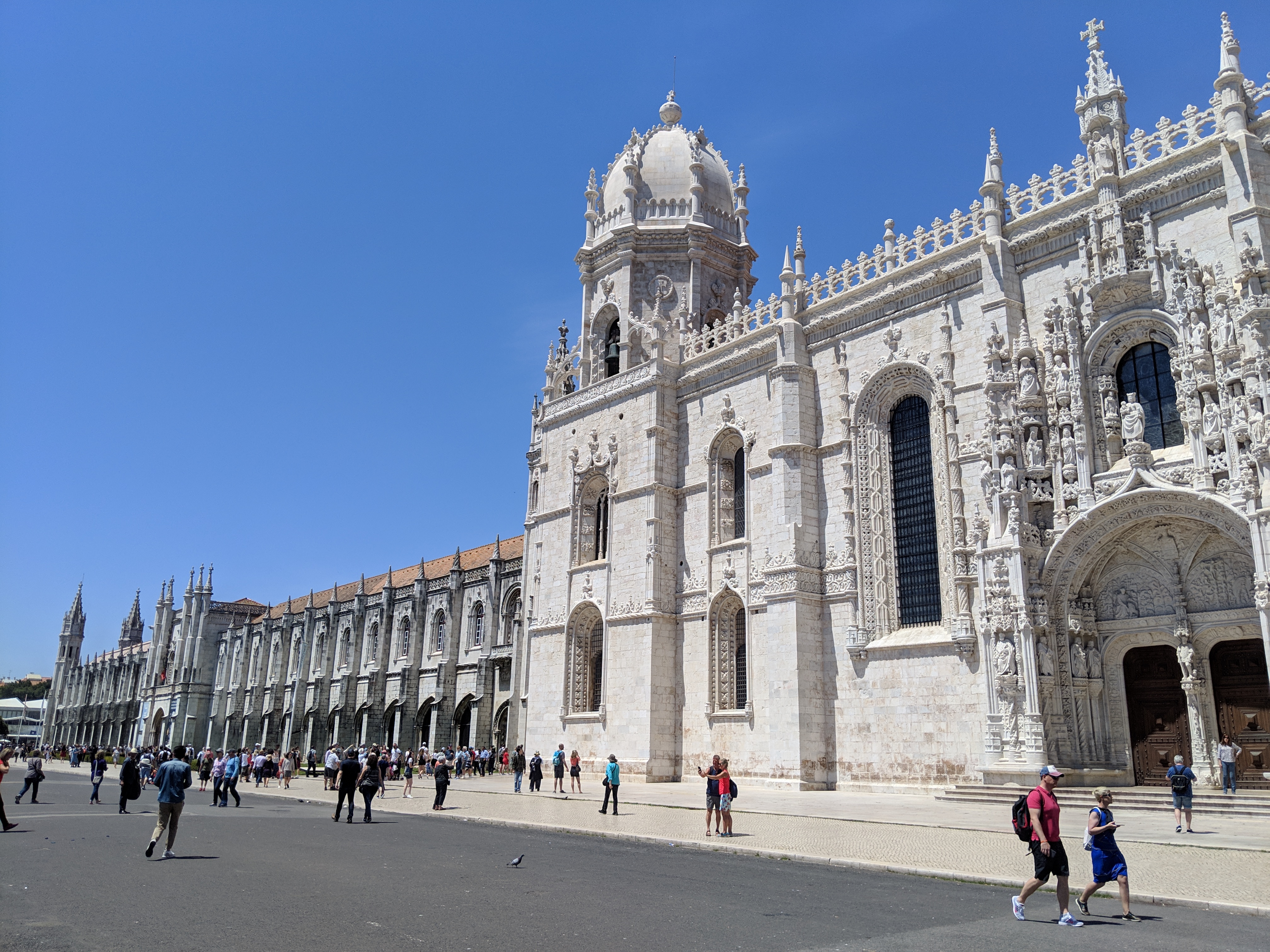

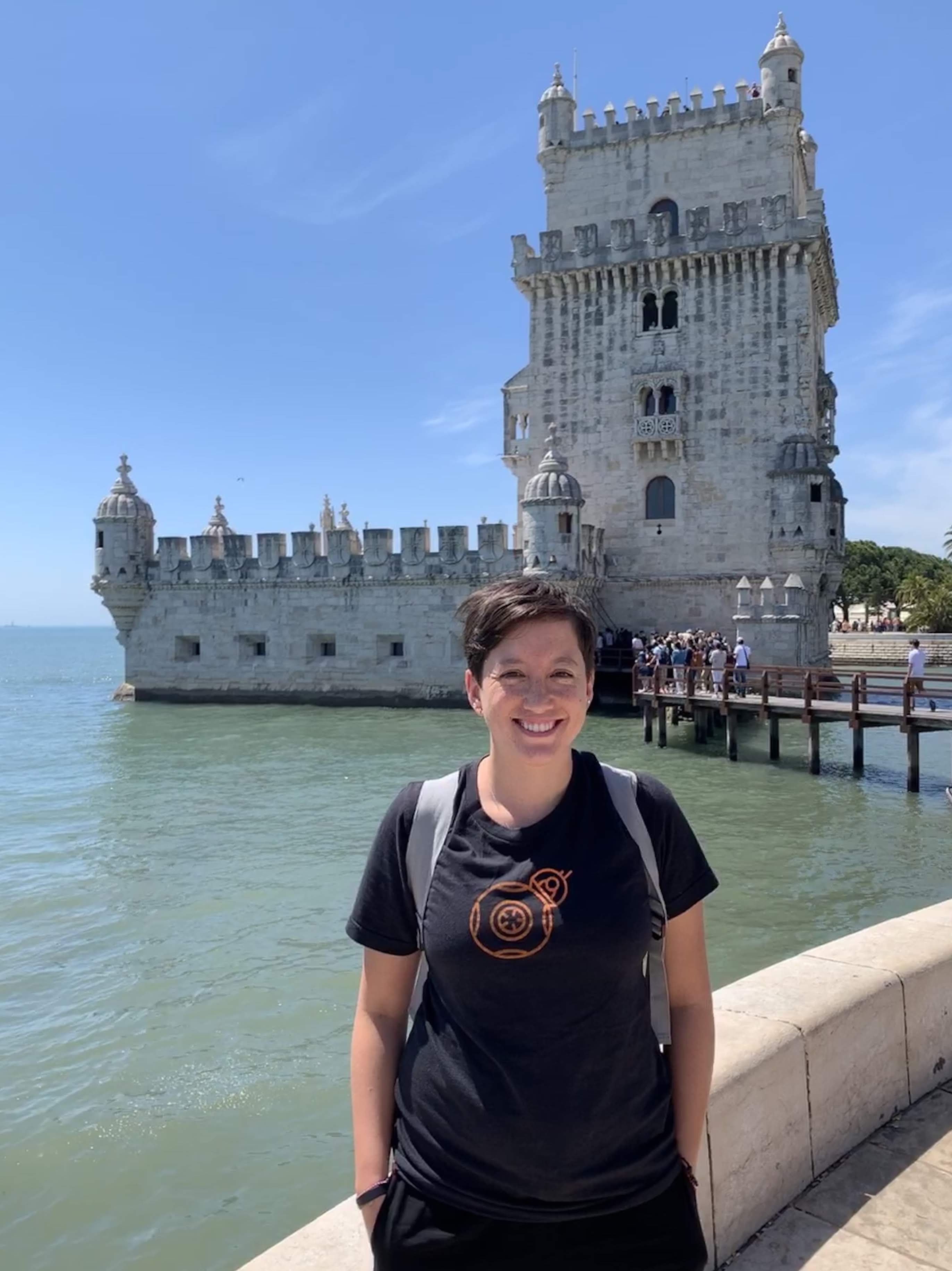
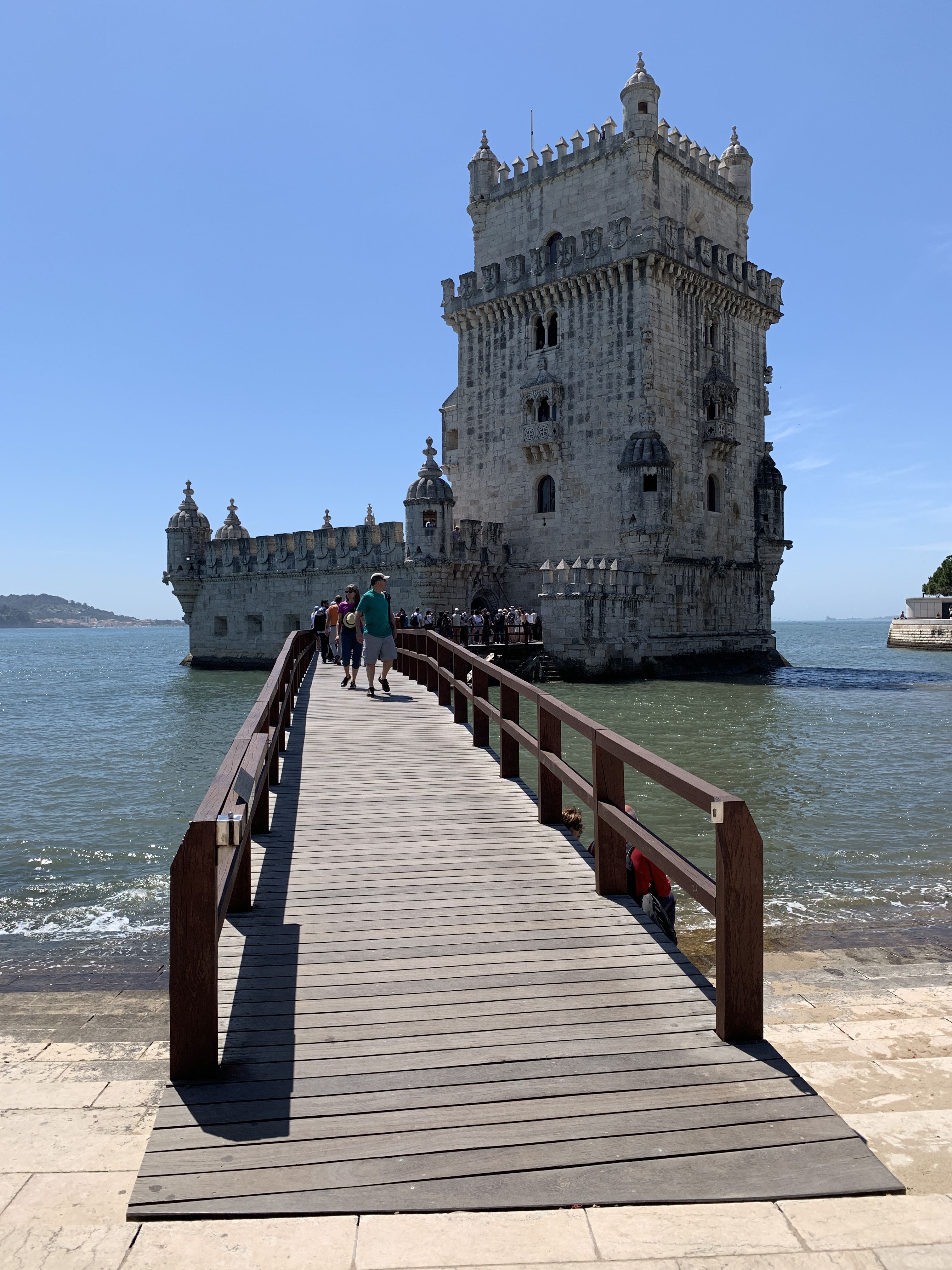

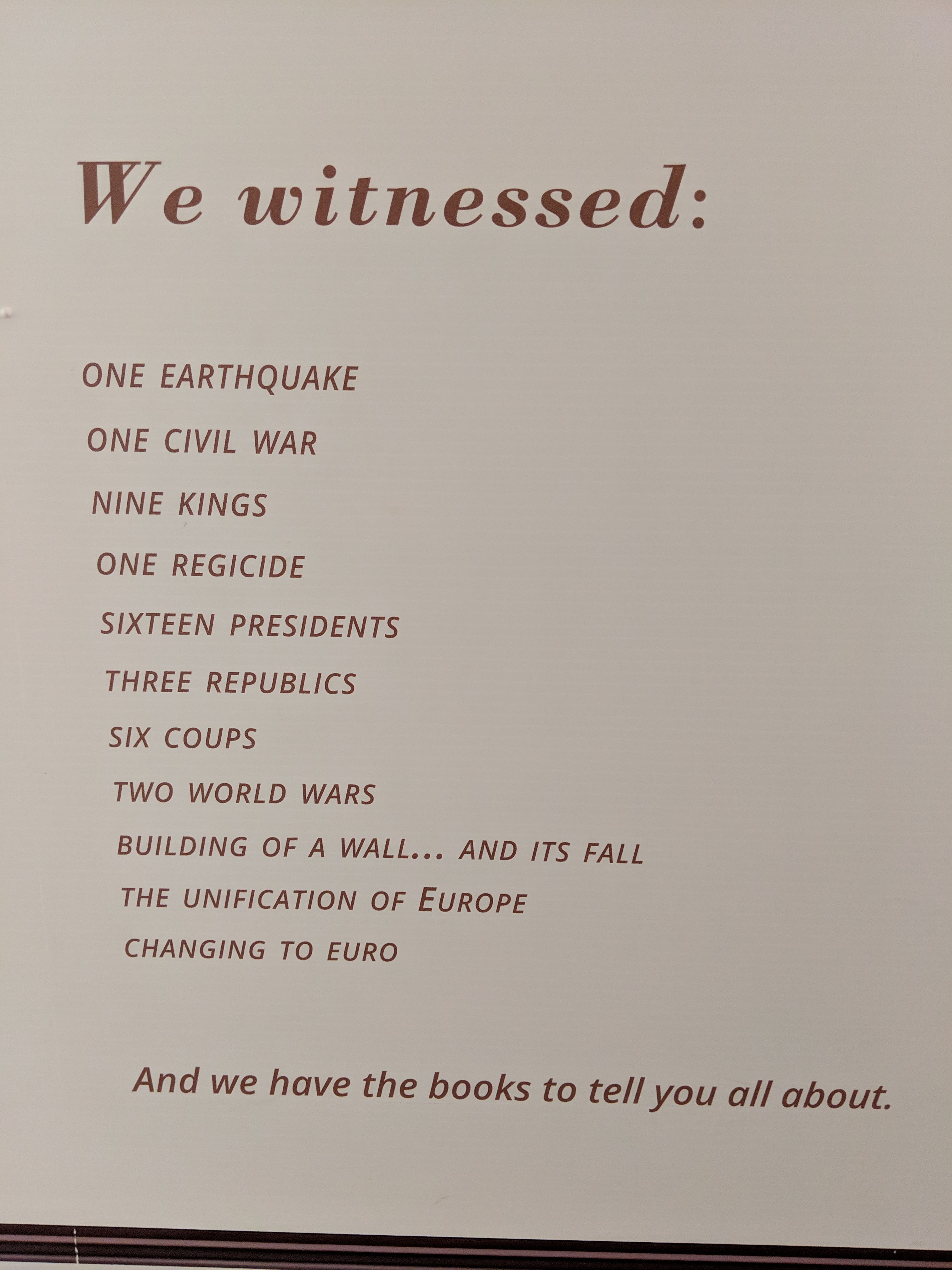


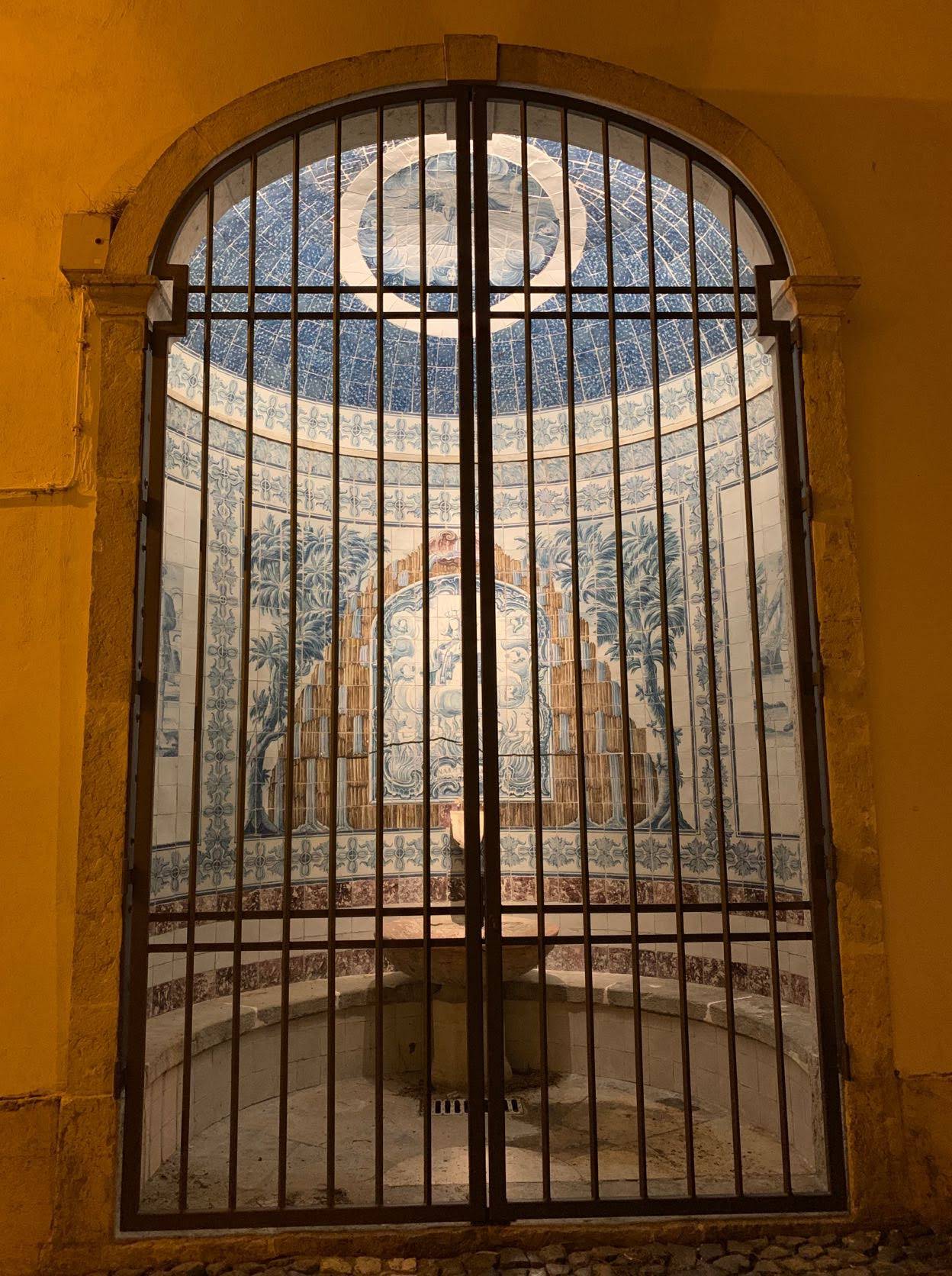


Absolutely breathtaking ! WOW 😮 !
LikeLike
Great photos!!
LikeLike
I noticed the cruise ships in the background.
I wonder if they bring in too many people at one time …
LikeLike
Good call. It didn’t seem stupidly crowded but, we probably left right before tourist season really starts up. Summer in Lisbon must be heavy… that’s the double-edged sword of being on the water.
LikeLike
Your blog is the BEST! I really enjoy the great photos, the history, and your impressions.
I look forward to each episode. What’s next…?
LikeLiked by 1 person
Hmmm … ya never know which city, or who might pop up next!
LikeLike